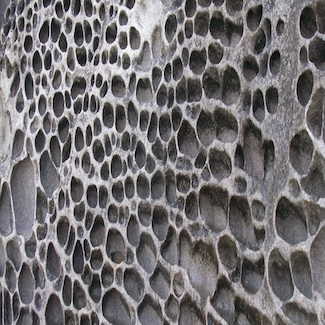Physical limits on bacterial navigation in dynamic environments.
Type
Many chemotactic bacteria inhabit environments in which chemicals appear as localized pulses and evolve by processes such as diffusion and mixing. We show that, in such environments, physical limits on the accuracy of temporal gradient sensing govern when and where bacteria can accurately measure the cues they use to navigate. Chemical pulses are surrounded by a predictable dynamic region, outside which bacterial cells cannot resolve gradients above noise. The outer boundary of this region initially expands in proportion to the square root of time before rapidly contracting. Our analysis also reveals how chemokinesis-the increase in swimming speed many bacteria exhibit when absolute chemical concentration exceeds a threshold-may serve to enhance chemotactic accuracy and sensitivity when the chemical landscape is dynamic. More generally, our framework provides a rigorous method for partitioning bacteria into populations that are 'near' and 'far' from chemical hotspots in complex, rapidly evolving environments such as those that dominate aquatic ecosystems.

